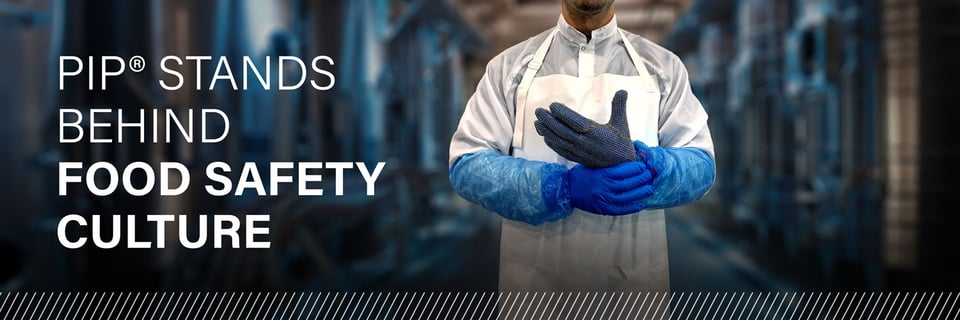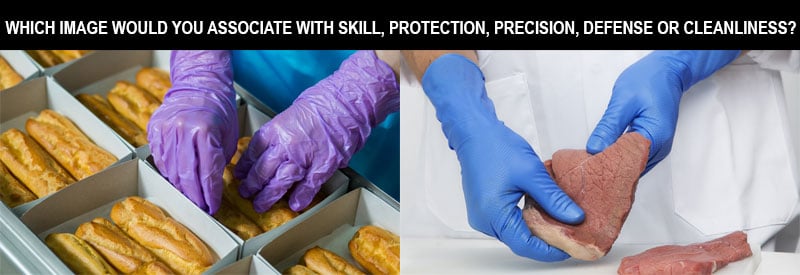- HOME
- PRODUCTS
- Arm Protection (119)
- Cold Stress (1)
- Critical Environment (170)
- Electrical Safety (133)
- Emergency Responder (37)
- Ergonomics (12)
- Eye Protection (356)
- First Aid (17)
- Hand Protection (1447)
- Head Protection (103)
- Hearing Protection (49)
- Heat Stress (37)
- Protective Clothing (454)
- Respiratory Safety (44)
- Warning Beacons (28)
- BRANDS
- CHANNELS
- Sales Tools
- NEWS, ARTICLES & EVENTS
- Log in or Sign Up
- PRODUCTS
- /// Hand Protection
- /// Hand Protection
- Chemical Resistant Gloves
- Cold Protection Gloves
- Cut Resistant Gloves
- Disposable Gloves
- Fabric Work Gloves
- General Purpose Gloves - Coated
- General Purpose Gloves - Uncoated
- Heat Protection Gloves
- High Performance Gloves
- Leather Drivers Gloves
- Leather Palm Gloves
- Parade & Uniform Gloves
- /// Head Protection
- /// Eye Protection
- /// Hearing Protection
- /// Respiratory Safety
- /// Protective Clothing
- /// Arm Protection
- /// Heat Stress
- /// Warning Beacons
- /// Cold Stress
- /// Ergonomics
- /// First Aid
- /// Welding Protection
- /// Controlled Environment
- /// Electrical Safety
- /// Emergency Responder
- /// Hand Protection
- BRANDS
- CHANNELS
- SALES TOOLS
The Psychology Behind Effective Food Safety Culture

What’s the first thing you think of when you see a firefighter helmet? If your answer was hero, rescue, save, protect or first responder, you’d be in line with the majority of Americans. The first big question is, does the uniform make the person or does the person make the uniform? According to science, it could be both.
While our general choices in appearance are made to influence how others see us, studies show that what we wear also influences our cognitive behavior. In a Northwestern study by Hajo Adam and Adam Galinsky, they introduce the term “enclothed cognition,” a concept that explores how people react psychologically to wearing certain articles of clothing through “the symbolic meaning of the clothes and the physical experience of wearing them.”
In this series of three experiments, subjects donned a lab coat and performed certain tasks. In one experiment, subjects only wore the lab coat. In the second, subjects wore the lab coat and were told it was a doctor’s coat. In the third experiment, the lab coat was described as a painter’s coat. It was found that test subjects “attention only increased when the coat was a) worn and b) associated with a doctor.” Not only were subjects’ attentions increased, but the study found that user error was reduced by 50%. This was because the subjects associated the doctors coat with focus, responsibility, precision and attentiveness.
Though it should come as no surprise that test subjects that only viewed the lab coat instead of wearing it did not experience a change in attentiveness or user error, it was also found that the subjects who wore the lab coat described as a painter’s coat did not have an increase in attention or demonstrate a drop in user error either. Through this experiment, Adam and Galinsky determined that the “influence of clothes thus depends on wearing them and their symbolic meaning.”
So now we know that worker performance is influenced by how they associate with what they wear. This brings us to the last big question – how do food workers associate with their PPE? Just like the firefighter helmet, picture the safety gear associated with food workers. What’s the first thing that you think of? What attitudes do you think food workers associate with their PPE? Multiple industry studies show that workers who associate their PPE with discomfort, poor fit and low quality are less likely to wear their safety gear. Industry studies also show that if the product is not associated with a preferred aesthetic, they are less likely to wear that item as well.

When it comes to choosing PPE for workers, it’s important to look beyond the hazards and to the associations of the product itself. What associations do those items convey? Precision. Focus. Skill. Defense. Sanitary. Protect. These associations are what PPE made from quality materials with superior form and fit symbolize. How would a 50% reduction in user error affect your facility?
Building a positive worker association towards their PPE starts by offering them the foundation towards that positive association: quality PPE that strikes the balance between safety and comfort. When it comes to hand protection, there is no better example of this than the Grippaz® Food Plus™ Extended Use glove. Grippaz® patented design and proprietary nitrile formulation provides the ultimate experience in grip and dexterity while offering the fit and comfort not found in any other glove on the market at the same thickness. Offering workers high-level protection while still providing comfort and fit is the foundation on which Food Safety Culture is built.
Here we learned about the psychology behind building food safety culture, but it’s only one part of the puzzle. What about how visual cognition helps influence how workers interact with their PPE? To find out in the second edition of this ongoing series, The Visual Influence Behind Effective Food Safety Culture, subscribe to the PIP® Food Safety Channel.
Reusable vs. Disposable – Using The Right Garment For The Right Job
Disposable garments or reusable garments – which choice is right for you? There has always been...What is Double Hearing Protection and When Would You Need It?
You might be asking yourself if double hearing protection is something you should be considering....What is Double Hearing Protection and When Would You Need It?
You might be asking yourself if double hearing protection is something you should be considering....Proposition 65 | Privacy Policy | Contact Us | Full Site
© 2012-2026Protective Industrial Products, Inc. All rights reserved.








